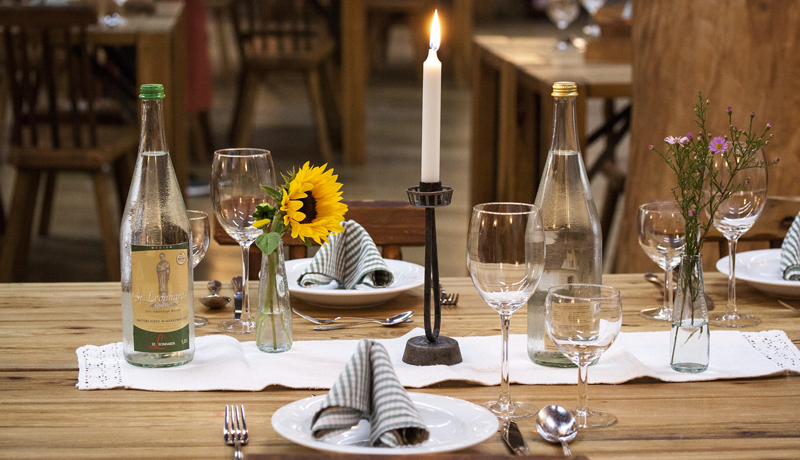How to grow sunflowers: What to avoid when planting sunflowers
The sunflower (Helianthus annuus), with its golden-yellow petals and large golden centre, is one of the cheeriest flowers to grow in the garden. As a plus, it’s photogenic so great for those social media posts, too. Sunflowers are entertaining for children to grow and harvest, and you can pick the flowers to enjoy indoors. The plants have a practical role, too - they can provide shelter or shade for vegetables, or fast (but temporary) screening. With so many things going for them, why not try planting some sunflowers in your garden?
Different varieties
Contrary to popular belief, there's more than just one type of sunflower out there. Tall varieties such as ‘Giant Russian’ can easily reach 3m in height and are the best variety if you want to grow the tallest or biggest sunflower. If this sounds a little over the top for your garden, there are dwarf varieties including the double-flowered ‘Teddy Bear’, which is as cute as it sounds and only grows to around 50cm high, meaning it could even grow in a pot. Many of the multi-branching sunflowers only grow to around 1.5m high, making them well-suited to suburban gardens.
As well as the yellow sunflower, there are also sunflower varieties with brown, bronze, red and lemon yellow flowers. Some varieties developed specifically for the floristry industry are low-allergy as they don’t produce pollen.

Sunflowers come in a range of sizes, shapes and colours - but the large yellow ones are best known.
How and when to plant
Sunflowers are a summer bloom that’s easy to grow in Sydney from seed sown directly into your garden bed in spring. In the tropics, you can grow sunflowers in the dry season, sowing in autumn and growing through winter and spring.
To plant, sow the large black and white seeds about 2-3cm deep. Spacing depends on the size of the sunflower variety, but as a guide, you should space large plants up to 1m apart or smaller growers around 30cm apart. You can also grow them from seedlings planted in spring or early summer.
The plants then grow through summer and into early autumn, reaching their full potential in deep rich soil with lots of added organic matter and regular applications of liquid fertiliser. They need full sun and regular moisture for success. Starved of moisture, sunflowers become stunted and flower prematurely so water them frequently especially during hot and dry times. To avoid any fungal problems, water the roots and not the stem, leaves or flowers. Tall varieties grow best when they're protected from strong winds.
Sunflowers also live up to their name – not only do they look like a stylised sun, the flower heads also move during the day to follow the sun.

Sunflowers are a popular cut flower choice and add a little sunshine to any setting!
Dealing with seeds
Well-watered, sunflowers suffer very few pests and diseases until their seeds begin to ripen. When this happens, lots of birds and animals will try to feed on the seeds. White cockatoos are particularly attracted to a crop of sunflowers in seed.
Use ripe sunflower seeds to feed to birds including chickens. They can also be harvested for humans to eat, as the seeds are rich in protein, fibre and oil. They also contain potassium, magnesium, calcium, iron and vitamin B.
The best seeds are harvested when the flower head is mature and the petals fall naturally. The maturing head will bend over and the entire plant will be dying back. As the head ages, the seeds dry out and the heads are likely to be attacked by birds (especially cockatoos). Rats and mice may also mount an attack. If the seed heads are not ready to harvest, but there are birds about eyeing off the seeds, cover the mature heads with a paper bag or a cloth, or pick the head with at least 20-30cm of stem attached and dry the seed head in an airy but protected area. You can hang the stems singly or in bunches upside down in a shed.
To separate the seeds from the spent flower head, cut the head from the stem leaving a several centimetres of stem attached to act like a handle. The seeds should be easy to rub free and collect on a tray or in a bucket as they fall.
Wash and then thoroughly dry seeds before storing them. If you keep the seeds in an airtight container, they'll last for several months and you can eat them as snacks or roast them. The outer shell of the sunflower seed is quite hard, but the inner kernel is soft and tasty. Generally, the outer shell or husk is cracked and discarded leaving the kernel to eat. You can also store your sunflower seeds for up to a year in a fridge or freezer.

